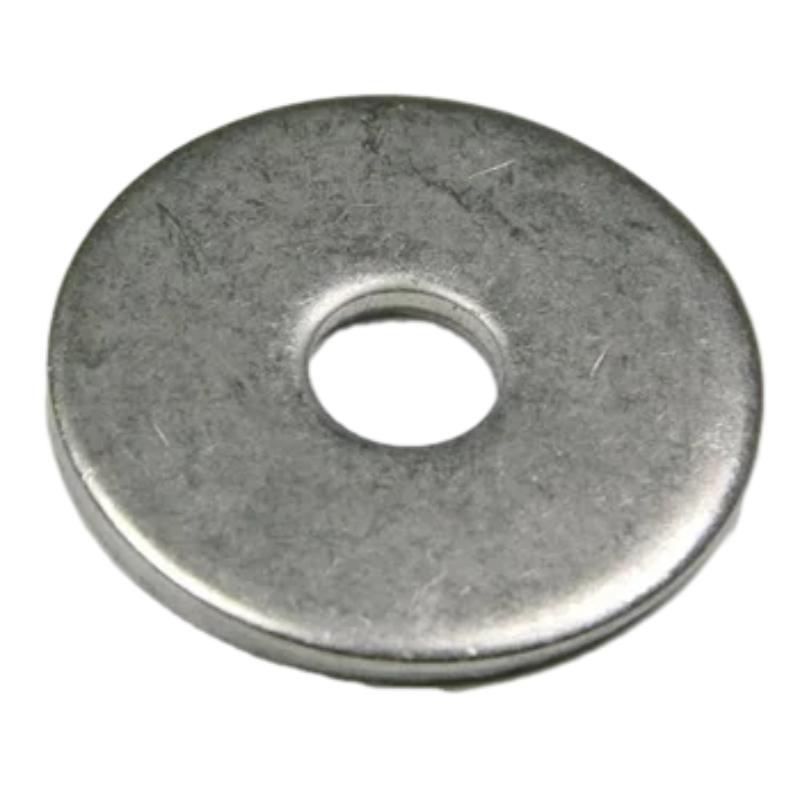Jul . 28, 2024 13:42 Back to list
Exploring the Benefits and Applications of Sleeve Anchors in Hollow Block Construction Techniques
Understanding Sleeve Anchors in Hollow Block Applications
In the world of construction and engineering, the choice of fastening systems is critical to the integrity and durability of structural elements. Among various fastening systems, sleeve anchors have gained popularity, particularly in applications involving hollow blocks. This article will delve into the characteristics, advantages, and application of sleeve anchors in hollow block settings.
What is a Sleeve Anchor?
A sleeve anchor is a type of mechanical fastener that provides a reliable method for anchoring materials in concrete, masonry, and other solid substrates. It consists of a bolt or threaded rod surrounded by a sleeve or housing. When the bolt is tightened, the sleeve expands against the base material, creating a secure fit. This expansion capability is what makes sleeve anchors particularly effective in hollow block applications.
Hollow Block as a Building Material
Hollow blocks, also known as concrete masonry units (CMUs), are widely used in construction due to their lightweight nature and insulating properties. These blocks typically have a series of voids, making them approximately 30% lighter than solid concrete blocks. However, this hollow structure poses challenges when it comes to anchoring, as typical fasteners may not have sufficient grip or support.
Advantages of Sleeve Anchors in Hollow Block Applications
1. Enhanced Load-Bearing Capacity Sleeve anchors are designed to expand inside the hollow voids of blocks, maximizing contact area. This feature allows them to distribute loads more evenly, which is crucial for structural stability.
2. Versatility Sleeve anchors are suitable for various applications, including anchoring shelves, cabinets, and other fixtures to walls made from hollow blocks. They work well in both vertical and horizontal applications, making them an ideal choice for various construction projects.
3. Ease of Installation Installing sleeve anchors requires minimal tools and effort. After drilling an appropriately sized hole, the sleeve anchor is inserted, and the bolt is tightened. The installation process is quick and efficient, contributing to overall project timelines.
sleeve anchor in hollow block

4. Corrosion Resistance Many sleeve anchors are made of materials designed to resist corrosion, such as stainless steel or galvanized steel. This feature is particularly important in environments exposed to moisture, ensuring a long-lasting hold.
Installation Process
The installation of sleeve anchors in hollow blocks requires careful consideration. Here are the basic steps
1. Select the Right Type Choose a sleeve anchor designed specifically for use with hollow blocks. Consider factors such as the weight of the load and the environmental conditions.
2. Drill the Hole Use a hammer drill to create a hole that matches the diameter of the sleeve anchor. Ensure that the depth of the hole accommodates the length of the anchor.
3. Insert the Anchor Position the sleeve anchor in the drilled hole. It is crucial to check that it is straight and adequately aligned.
4. Tighten the Bolt Begin tightening the bolt, which will cause the sleeve to expand within the hollow block. Continue until you achieve the desired snug fit.
5. Test the Anchor Once installed, it is advisable to test the anchor to ensure it can handle the intended load.
Conclusion
Sleeve anchors are an invaluable fastening solution for hollow block applications, providing security, versatility, and ease of installation. With their unique design that accommodates the challenges of hollow block structures, they play a vital role in modern construction projects. Whether for residential or commercial applications, understanding how to effectively use sleeve anchors can lead to safer and more robust constructions. As technology and materials continue to evolve, the role of sleeve anchors in anchoring solutions will likely become even more significant, ensuring that our buildings remain secure for years to come.


